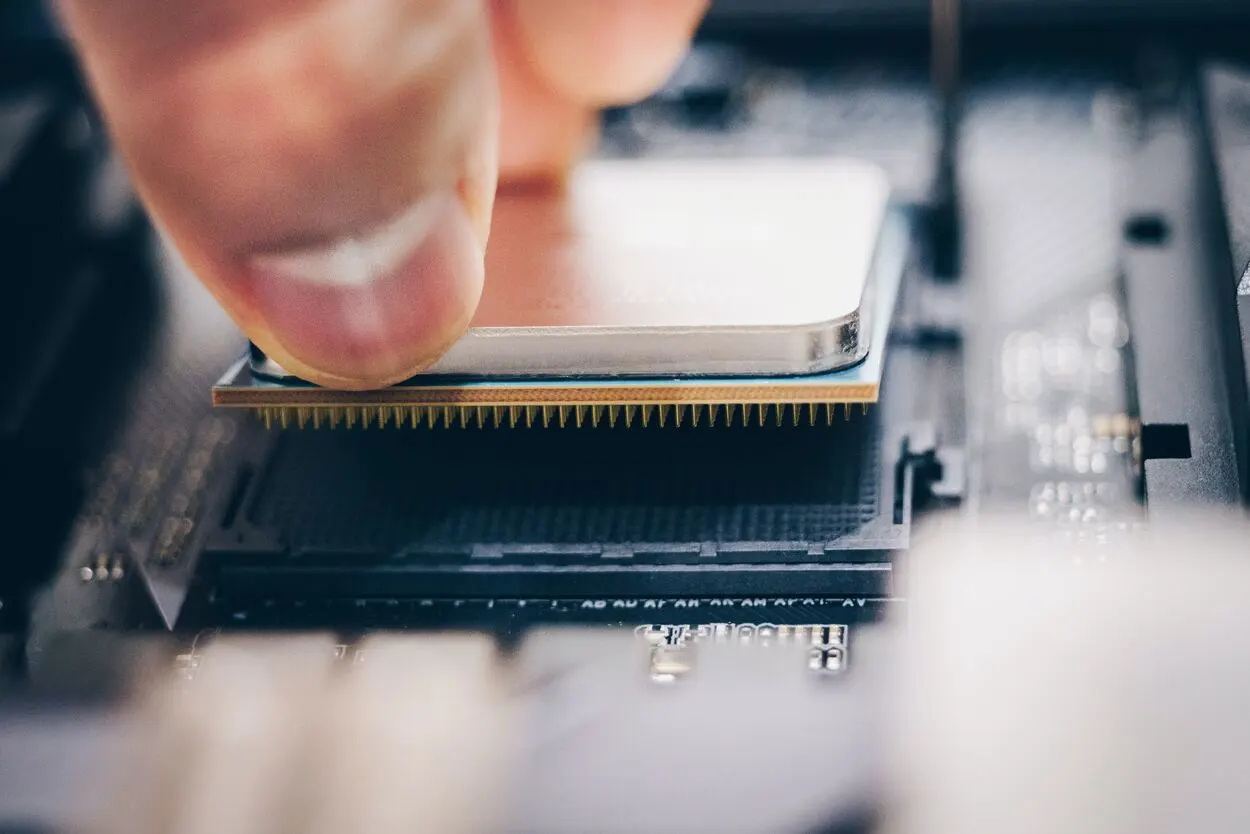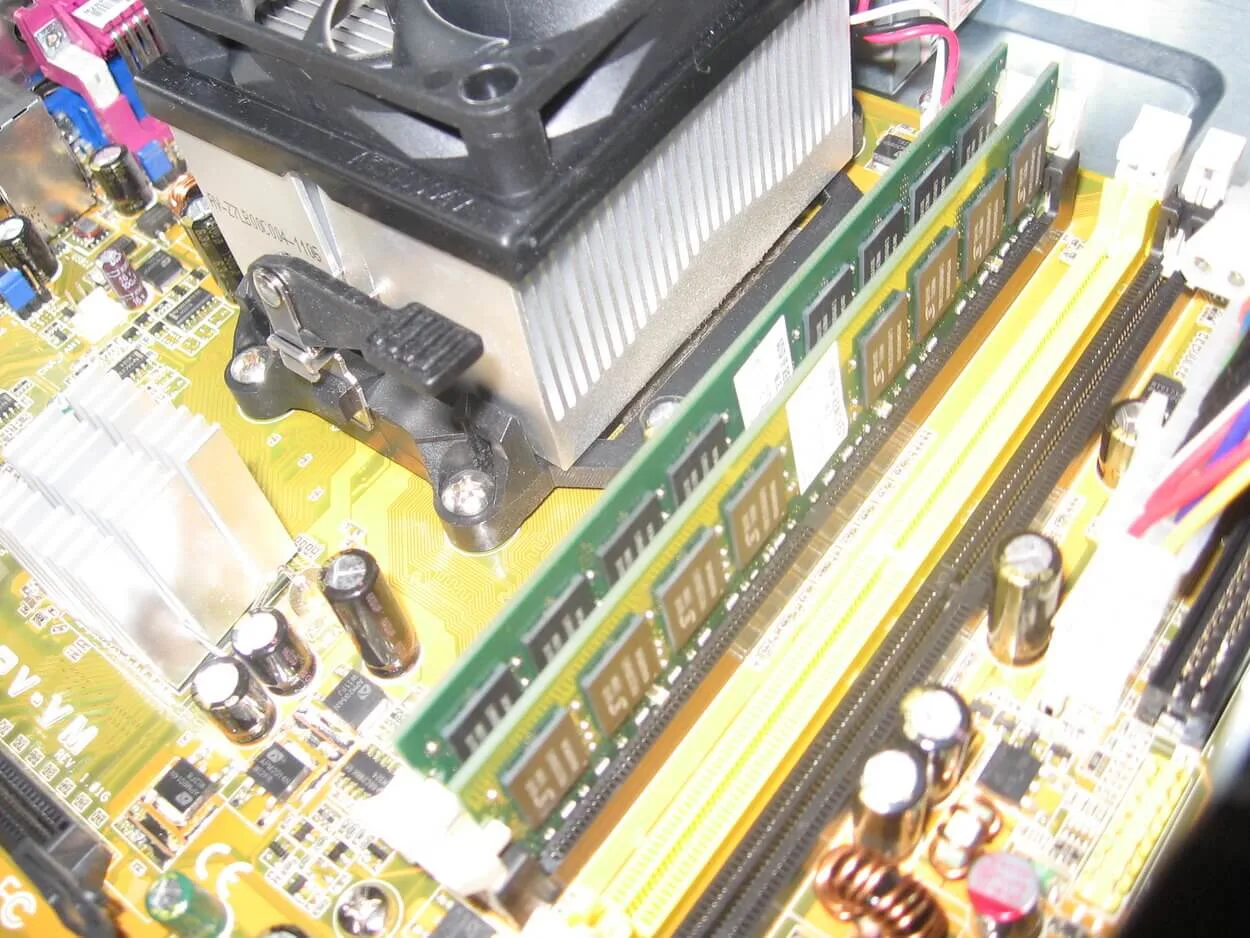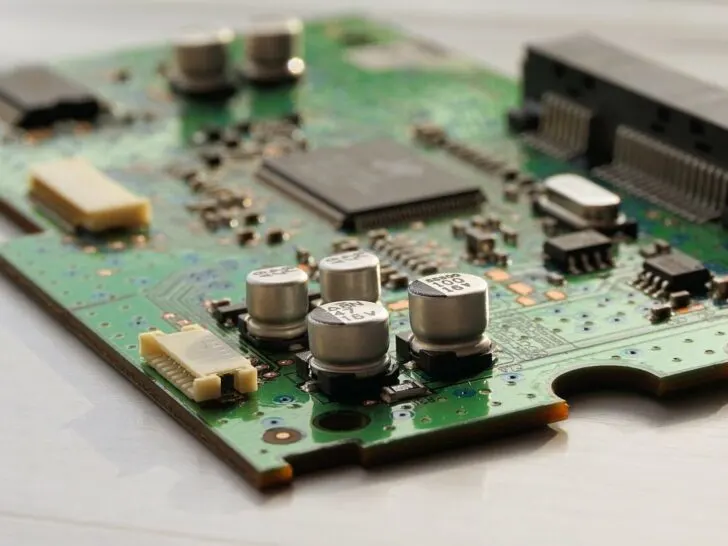Computers are everywhere. If you have a cellphone, you have a computer in your pocket. If you have a laptop or desktop at home or work, it’s even more apparent that computers are essential to your life. However, not all computers are created equal.
The computer consists of various parts such as a hard disk, RAM (Random Access Memory), Processor (Central Processing Unit), Motherboard (Main Circuit Board), and Input/Output devices like a mouse, keyboard, etc., etc.
The most important part of your computer is the processor inside its CPU (Central Processing Unit), otherwise known as its brain. This part does all of the heavy liftings for your computer. It involves many things, such as keeping track of data processed by other components inside your machine’s hardware architecture, such as memory chips or hard drives.
There are different types of processors. Two of these include ARM64 and AMD64.
The main difference between ARM64 and AMD64 is their architecture. ARM64 is based on the ARMv8-A 64-bit architecture, while AMD64 is based on the 64-bit x86 architecture.
Let’s discuss these two processor types in detail.
What Is ARM64?
ARM64 is an instruction set architecture (ISA) developed by ARM Holdings. It is a 64-bit extension of the 32-bit RISC architecture developed by the company and is used in all of its processors except for its Cortex-M series. The ISA was first introduced in 2011 with the release of the Cortex-A9 processor and has since been implemented in most of ARM’s lineup.

ARM64 is a 64-bit instruction set architecture (ISA) for microprocessors, a successor to the 32-bit ARMv8-A ISA. The first version of the architecture, ARMv8-A, was announced in early 2010 and commercialized in 2012.
ARM processors are designed to be efficient and flexible enough to run any software on any device—from smartphones and tablets to smart TVs and wearables.
They can also be used in embedded systems like cars or home appliances. The tiny size of these chips makes them ideal for devices where space is at a premium (like wearables), but they still have enough power for high-end applications like virtual reality or augmented reality (VR/AR).
What Is AMD64?
AMD64 is a 64-bit extension of the x86 instruction set architecture for microprocessors. It was first implemented by AMD in 2003 and has been adopted by many other companies, including Intel and VIA Technologies. AMD64 is also known as x86-64, x64, and AMD-64.

The main features of AMD64 include the following:
- 64-bit instruction set (x86-64).
- Support for up to 256GB of RAM.
- DirectX 9.0c support, including Shader Model 3.0,
- Geometry Shader, Pixel Shader 4.0, Vertex Shader 4.0, and many other features.
AMD64 is still in use in modern computers and servers, though it has been eclipsed by newer architectures such as x86-64 (Intel’s 64-bit extension to x86) and ARM64 (ARM’s 64-bit extension).
What’s The Difference Between ARM64 and AMD64?
The ARM64 and AMD64 architectures are two different concepts that have emerged from the same technology.
The main difference between the two architectures is that ARM64 is a RISC (Reduced Instruction Set Computing) architecture, while AMD64 is a CISC (Complex Instruction Set Computing) architecture. This makes ARM64 faster at running some applications but less efficient at running others.
- The ARM64 architecture is a 64-bit architecture, while AMD64 is a 64-bit extension of the x86 architecture.
- AMD64 supports floating point operations using SSE instructions, while ARM64 does not.
- ARM64 is used by most smartphones and tablets (including the iPhone), while AMD64 is used more for desktops and laptops.
- ARM64 has a smaller cache size than AMD64, but it’s designed to run in low-power devices where the smaller cache makes more sense than the larger one.
- The AMD64 architecture uses registers to store data in memory, while the ARM64 architecture uses memory to store data in registers.
- ARM stands for “Advanced RISC Machine,” while AMD stands for “Accelerated Math Digital” (or Architecture). The names are roughly equivalent to “high-end” and “fast.”
- AMD64 was designed by Intel, while ARM Holdings designed ARM64.
Here is a table of comparison between these two processors.
| ARM64 | AMD64 |
| It’s a RISC architecture. | It’s a CISC architecture. |
| It’s a 64-bit architecture. | It’s a 64-bit extension of the x86 architecture. |
| It uses a register to store data. | It uses memory to store data. |
| ARM Holdings designed it. | Intel designed it. |
Here is a video clip showing the differences between ARM64 and AMD64 processors.
Which One Is Faster?

The speed of an ARM64 processor is much faster than that of an AMD64 processor.
The ARM64 processor is a 64-bit CPU, which can process 64 bits at a time. This is much faster than the 32-bit processors used in AMD64 processors.
The ARM64 processor also has more transistors, which means it can handle more data at once than any other CPU on the market. The AMD64 processor, however, uses less power and costs less money to manufacture than its counterpart.
Is x64 Faster Than ARM?
When it comes to performance, x64 is faster than ARM.
This is true because of the different architectures that they use. The x86 architecture has a long history in computing and has been used in many different generations of computers. It was initially designed for desktops and servers but is now used in tablets and laptops.
ARM is a newer architecture designed for mobile devices like phones and tablets. It uses less power than x86 because it has fewer transistors, but the lower transistor count means it cannot run as fast as x86 processors.
Do Intel Processors Use AMD64?
Yes, Intel processors use AMD64.

AMD64 stands for “Advanced Micro Devices, 64-bit extension.” AMD developed this architecture to be more compatible with Intel processors, making it easier for software developers to write code that can run on both processors. AMD released the first AMD64-based processor in 2003.
Are ARM Processors Faster?
ARM processors are faster than Intel processors, but not by much.
ARM chips have been in the news lately for a good reason. They’re cheaper and more energy-efficient than their Intel counterparts, and they’re becoming increasingly popular in mobile devices like smartphones, tablets, and laptops. The ARM architecture is also being used in more powerful computers as well.
But while ARM processors may be superior to Intel’s, they aren’t necessarily faster. Regarding raw speed (or “clock speed”), ARM chips don’t even come close to Intel’s most powerful offerings. The fastest x86 chip can clock in at 5GHz—five gigahertz! By comparison, the fastest ARM processor clocked in at 1.2GHz in 2015—even that was a particular variant of an ARM chip designed for server use rather than consumer use (which tend to be slower).
What’s The Fastest ARM CPU?
The fastest ARM CPU is the Cortex-A72. It’s manufactured by companies like Samsung, Qualcomm, and Apple, and it’s found in devices like the Samsung Galaxy S7 and the iPhone 7.
The fastest Cortex-A72 CPU can reach 2.8 GHz. Its predecessor, the Cortex-A57, maxed out at 2.3 GHz. The A72’s performance improvements were made possible by redesigning its core architecture, designed to be more efficient than its predecessor’s design.
Final Thoughts
- ARM64 and AMD64 are both 64-bit instructions sets used to control computer microprocessors.
- The first is used in Android devices, while the second is used in Windows computers.
- ARM64 is an instruction set architecture (ISA) developed by ARM Holdings.
- AMD64 is a 64-bit extension of the 32-bit x86 ISA introduced by AMD in 2003.
- ARM64 was designed for mobile devices, while AMD64, also known as x86-64 or x64, was designed for desktop computers and laptops.

